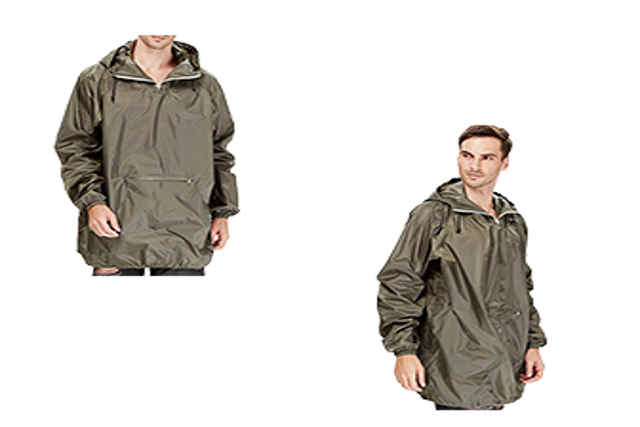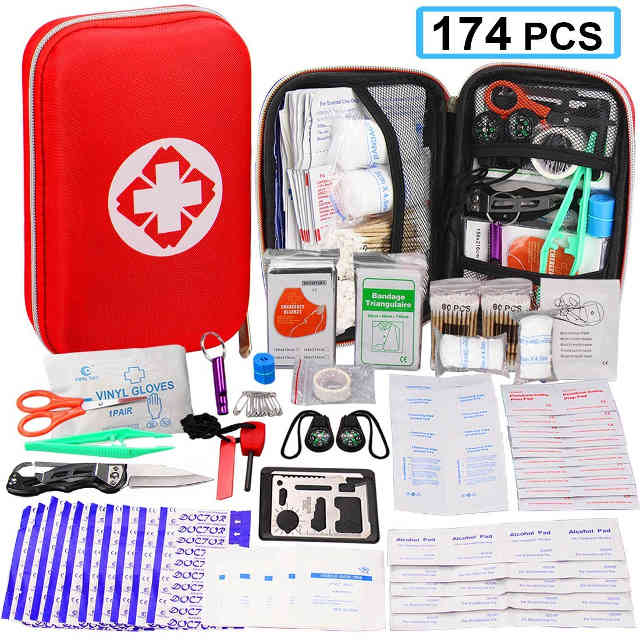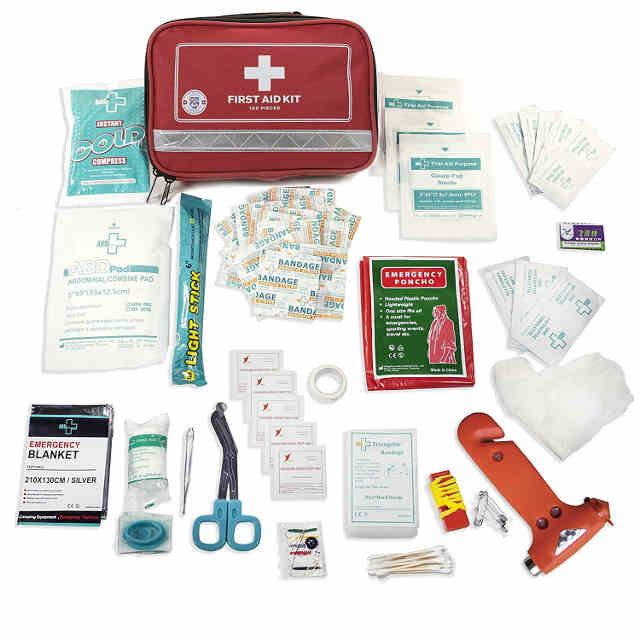Introduction
Survival is an instinct that can be found in all living things, from humans to animals to plants. It is the ability to continue living and thriving under adverse or challenging conditions. Over time, humans have developed various strategies, skills, and tools to help them survive in the wild or in hostile urban environments. This paper will explore the definition of survival, discuss common strategies, look at the different types of survival, review the gear required, and examine the skills needed for successful survival.
Definition of Survival
The dictionary defines survival as the “continuance of life, especially under adverse or difficult circumstances”. Survival is the act of living despite the odds, and it requires a person to be resourceful and adaptable to their environment. It has been defined as “a combination of physical and mental abilities, knowledge, and experience which enables a person to survive in a given situation”. Survival is an essential skill for any person who might be faced with a survival situation, such as during a natural disaster or in a hostile environment.
Overview of Survival Strategies
Survival strategies refer to the strategies and techniques that people use to ensure that they survive in a certain situation. The strategies are used in various situations such as in the wilderness, in war, or during a natural disaster. They help people to stay safe and survive in difficult circumstances.
One of the most important survival strategies is having the right supplies. Having the right supplies can ensure that one’s basic needs are met, such as food, water, and shelter. It is important to have supplies of food and water that will last for a few days in case of an emergency. It is also important to have some form of shelter, such as a tent, to protect oneself from the elements.
Another important survival strategy is to make an emergency plan. This plan should include a list of important items that should be brought along in case of an emergency, such as a first-aid kit and extra clothing. It should also include a plan of action for what to do in an emergency, such as finding shelter and obtaining food and water.
Another important survival strategy is to be aware of one’s environment. This includes being aware of the terrain, weather conditions, and any potential hazards. This can help one to make informed decisions about where to go and what to do in an emergency.
Having the right skills is another important survival strategy. This includes having knowledge of first-aid, navigation, and being able to build a fire. These skills can be extremely useful in an emergency.
It is also important to stay calm in an emergency. Staying calm can help one to think clearly and make the right decisions. It can also help one to stay focused and motivated, which can be essential for survival.
Finally, it is important to have a positive attitude. Having a positive attitude can help one to stay focused and motivated. It can also help one to stay hopeful and determined to survive in a difficult situation.
These are the main survival strategies that one should keep in mind when faced with an emergency. It is important to have the right supplies, make an emergency plan, be aware of one’s environment, have the right skills, stay calm, and have a positive attitude. By following these strategies, one can increase their chances of survival in a difficult situation.
Types of Survival
There are two main types of survival: wilderness survival and urban survival.
Wilderness Survival
Wilderness survival is the knowledge and skills needed to survive in the wilderness. It involves being able to find food, shelter, and potable water, as well as the skills to build fires and shelters, and the ability to identify and utilize edible plants and animals. In addition to these basics, wilderness survival also includes dealing with emergencies such as injury, hypothermia, and other medical issues that can arise in the wilderness.
When preparing for wilderness survival, it is important to make sure you have the right supplies. This includes items such as a knife, fire starter, water filter, first aid kit, and tent or shelter. It is also important to make sure you have the right clothing and footwear, as well as the right knowledge of the terrain, climate, and wildlife you may encounter.
In addition to the right supplies, it is also important to know the basics of wilderness survival. This includes knowing how to create a shelter and fire, how to find and purify water, how to identify edible plants and animals, how to set up a trap, and how to navigate without a map or compass. It is also important to know basic first aid and how to survive if lost or injured.
The most important part of wilderness survival is learning the skills needed to survive in the wilderness. This includes learning how to build shelter and fire, how to forage for edible plants and animals, how to navigate without a map or compass, and how to handle medical emergencies. It is important to practice these skills and be prepared for any situation.

 Raincoat Easy Carry Rain Coat Jacket Poncho In a Pouch
Raincoat Easy Carry Rain Coat Jacket Poncho In a Pouch 174 Pcs First Aid Kit Survival Kit, Monoki Emergency Survival Kit
174 Pcs First Aid Kit Survival Kit, Monoki Emergency Survival Kit Always Prepared First Aid Medical Kit
Always Prepared First Aid Medical Kit Atomic Lighter by BulbHead – Fuel-free
Atomic Lighter by BulbHead – Fuel-free